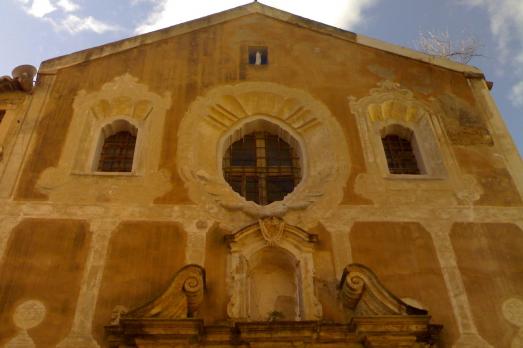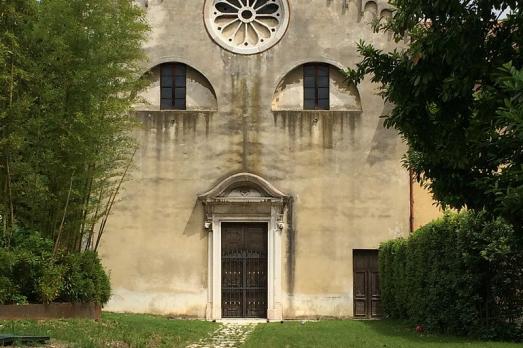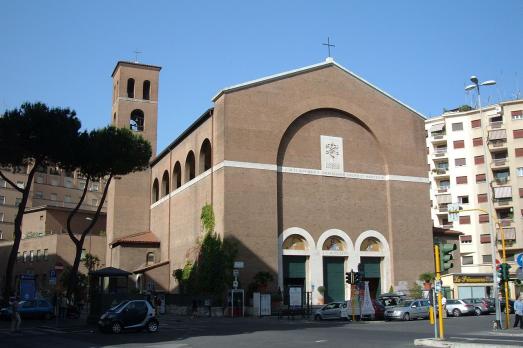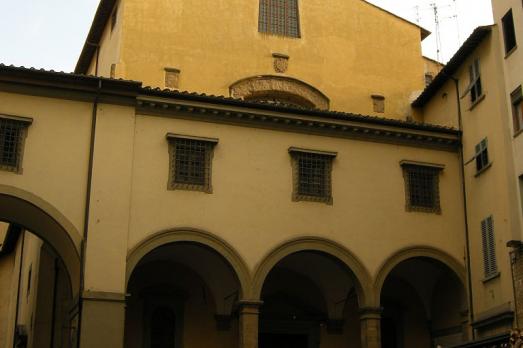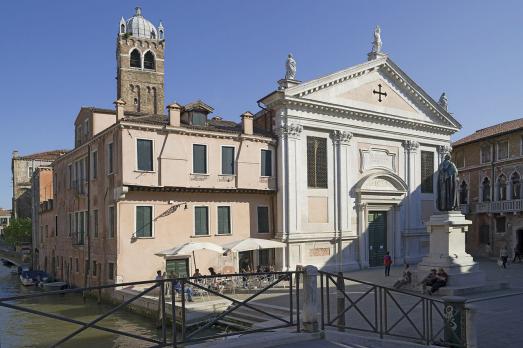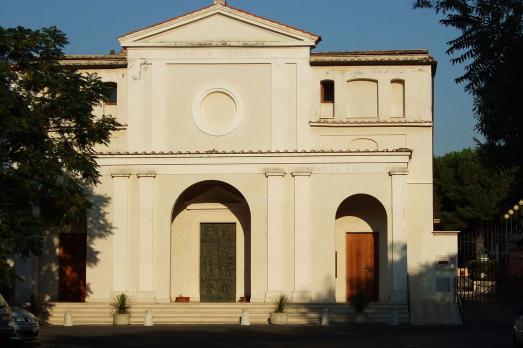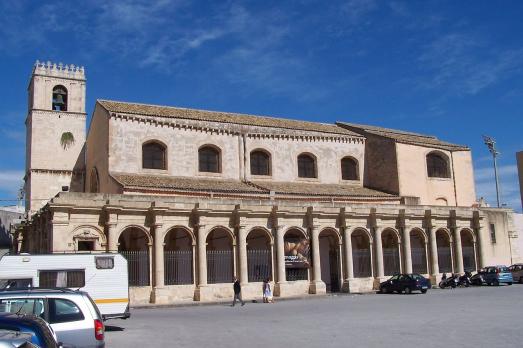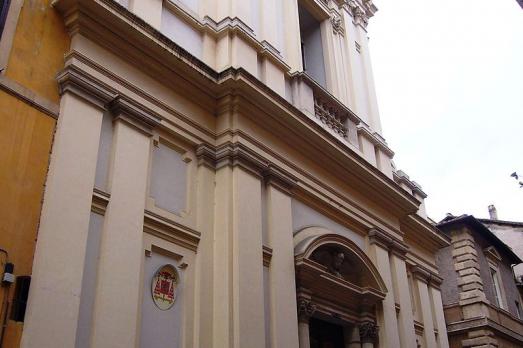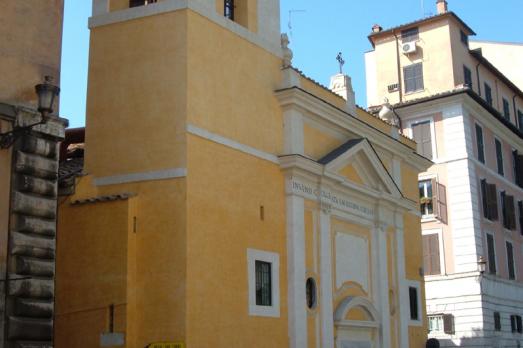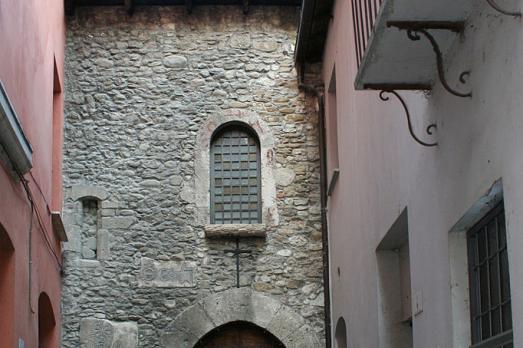
Chiesa di Santa Caterina
Teramo, IT
The church of Saint Catherine was built around the 9th century. In 1803 the church was rebuilt in its most recent form. The church is a private chapel belonging to the local Castelli family and is only open to the faithful for a few days a year for the celebration of the triduums preceding 25 November.
